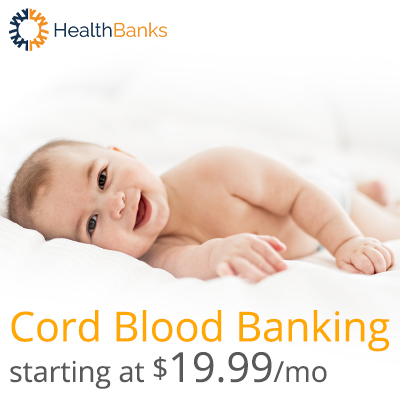The development of a newborn during pregnancy is an amazing process. There are 4 stages of the pregnancy timeline including: 1st trimester, 2nd trimester, 3rdtrimester & birth.
The Trimesters
The 1st trimester will span from conception to 12 weeks where the fertilized egg will change from a small group of cells to a fetus that is starting to have features of a baby. At the end of the third month, the fetus is about 4 inches long & weighs roughly 1 oz with all organs & limbs present.
The 2nd trimester will take place from week 12 to 28 where the heartbeat can be heard, facial features develop, movements begin in the uterus, hair begins to grow & sex of the fetus becomes visible. The fetus is actively moving, has grown to about 14” long & typically weighs between 2 lbs – 4 lbs by the end of week 28.
The 3rd trimester typically starts at week 29 & continues until birth which usually occurs in the final month around week 37 & on. Major limbs, tissues & organ systems are very well developed by this stage. The fetus is about 18” – 20” long at this point & prepares for the birthing process ahead with full functionality of all organ systems.
The Childbirth Process
Childbirth is an amazing, synchronized process of multiple systems working together. Special hormones dictate the process for the mother before, during & after the birth. For some, the sac of amniotic fluid that contains the baby ruptures before labor which is referred to as “water breaking”.
As the baby begins the journey out, the cervix softens & dilates as it prepares to allow passage for the baby. Muscles located at the top of the uterus press down on the baby assisting the passage. Hormones are flowing through the mother as the labor process begins while the baby’s skull travels through the pelvis region. From there, the baby exits through the vagina & undergoes a rapid adaptation to living outside the womb.
A baby’s first breath is usually within 10 seconds after delivery as the newborn’s lungs inflate & begin working on their own. The newborn’s organ systems that were developed in the womb allow the baby to live a life of its own outside the womb. Once the doctors verify the mother & baby are in good health, the team cuts the umbilical cord & use our collection kit to collect your newborn’s precious cells.
Preserving your newborn’s umbilical cord blood & tissue.
The umbilical cord is the main source of nutrients for the baby with millions of high-value stem cells. We at Healthbanks are able to process & store these high-value stem cells for later use. Once we receive & process your collected cell samples, we will generate a cell analysis report that details important information such as cell count, cell viability & test results. Many applications of these high-value cells are being tested & proven to have major successes in cell therapy treatments.
If you’ve considered harvesting & storing your newborn’s cord blood or cord tissue & have questions, our team would be happy to explain in detail: 888-379-2670. Learn more about the importance & possibilities of storing your newborn’s stem cells by viewing our Why Bank Stem Cells page.





